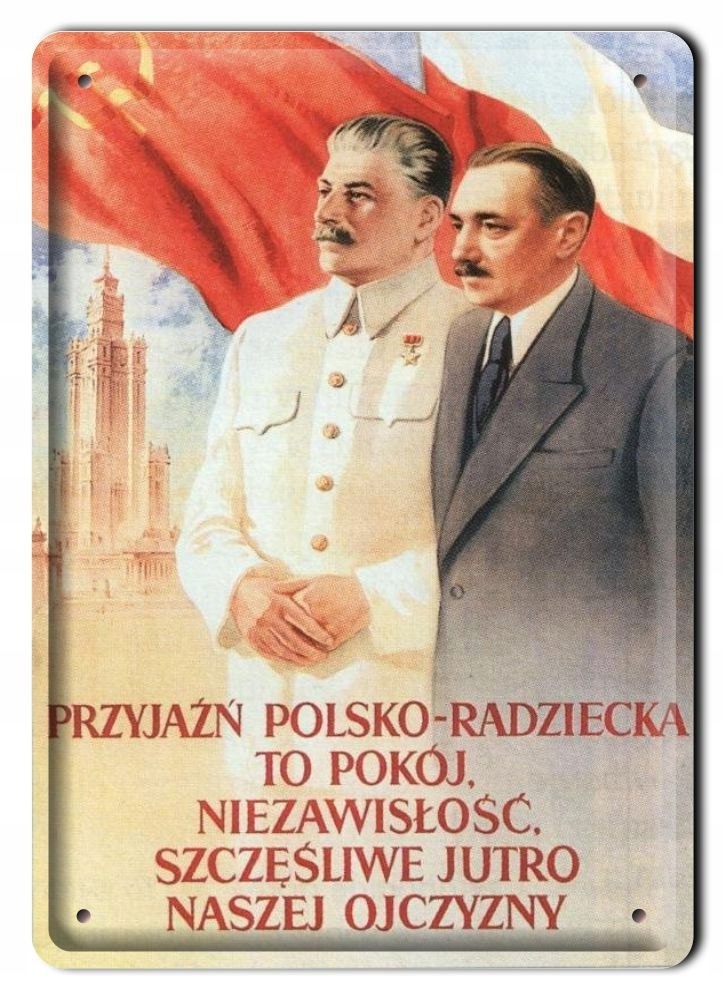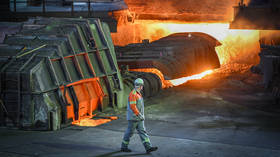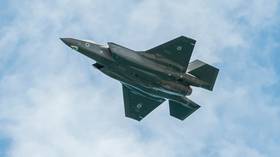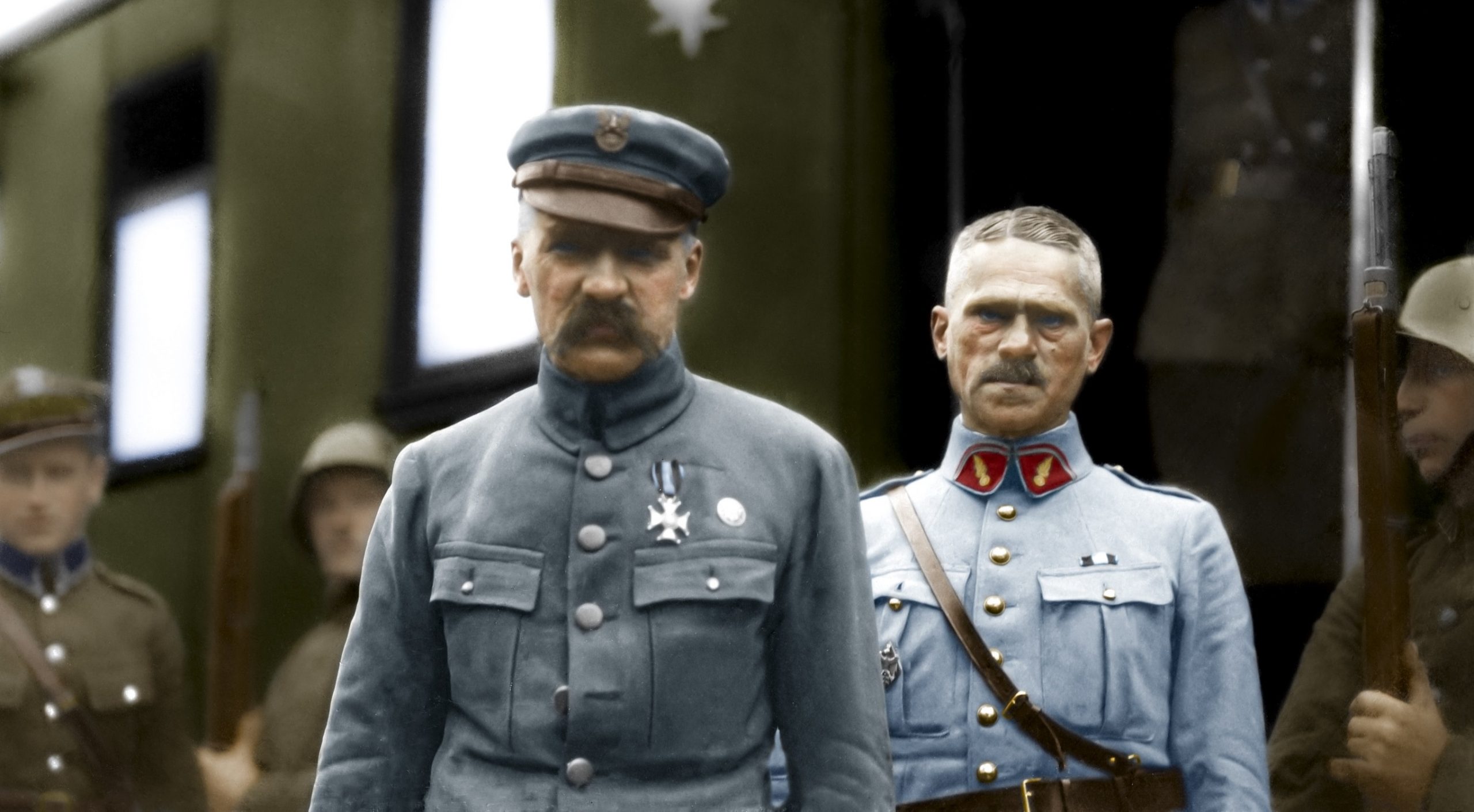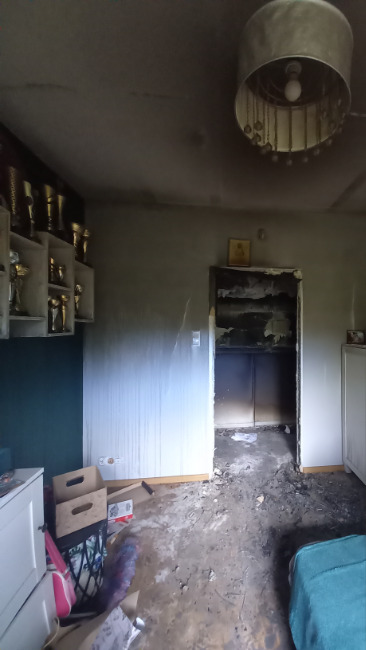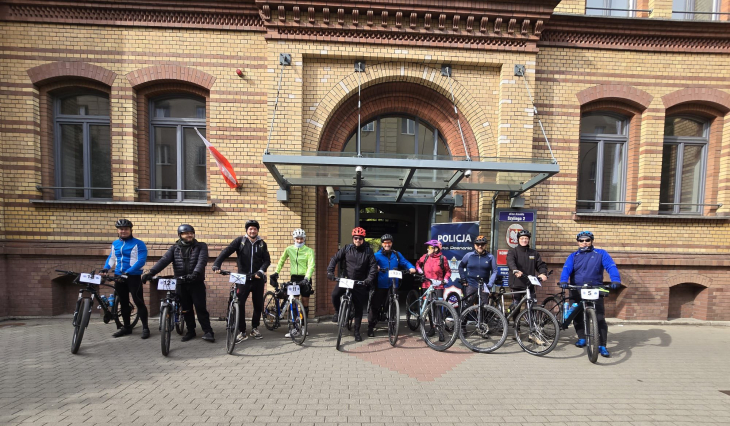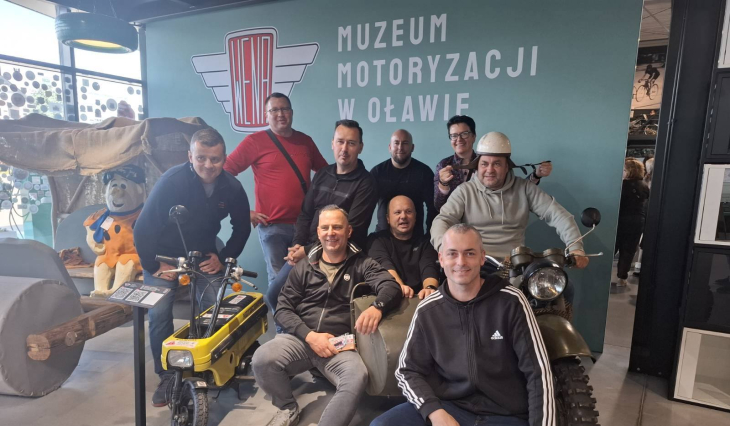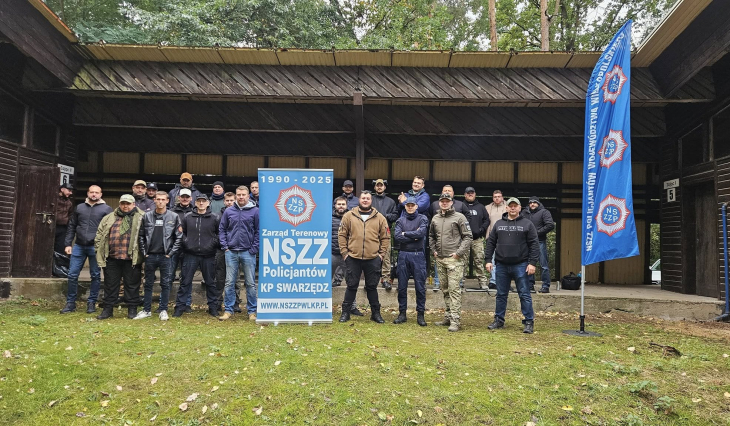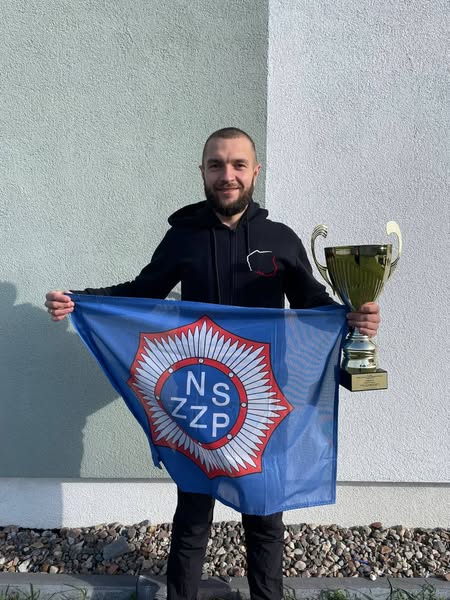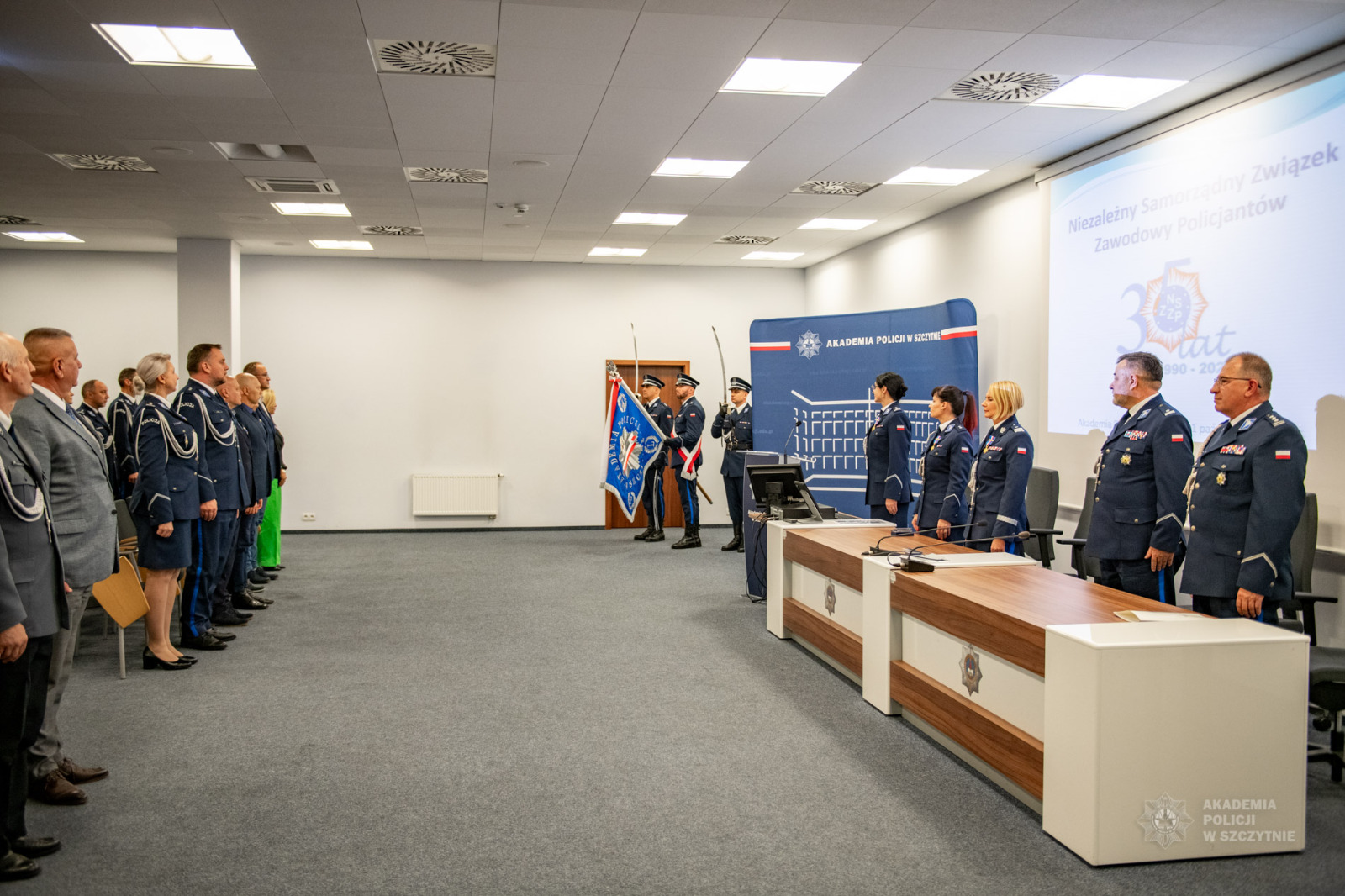On 4 January 1944, the 1st Front of the Ukrainian Red Army close Sarna crossed the USSR border with Poland. In this situation, the command of the AK Volyń territory decided to proceed with the implementation of the “Burza” plan. On January 15, 1944, territory Commandant, Colonel Kazimierz Bąbiński ps. “Luboń”, issued orders for regional inspectors to concentrate AK forces in the western part of Volyn.
The Polish self-defense area in Zasmyki, located south of Kowla, and the self-defense area in Bielina, located north of Włodzimierz Wołyński, was designated as the collection site. The territory Staff established a field office in the town of Kurzyczów and then in the village of Suszubaba.
AK's past in Volyn in the run-up to “Burza” was described here:
NATIONAL ARMY IN THE PROTECTION OF THE POLISH MANY OF THE VOLIN
In the area designated as concentration areas for AK branches from the full area Volynnia functioned, trained in fighting with UPA, many self-defense centers and guerrilla troops. There were also, organized by the Germans, and made up of Poles, posts of auxiliary police and gendarmerie, which besides protected Polish population from UPA attacks. Due to the concentration, all of these stations joined with the arms to the group formed in this area. He did so, among another things, in the 107th Schutzmannschaft Battalion, formed in July 1043 in Maciejów, who joined the AK in January after disarming the officers and officers of Germany.
Thus, between Kowle and Włodzimierz Wołyński, it was intended to carry out the tasks outlined in the plan "Burza", culminating in a welcome to the area of the incoming Russians as their host.
However, the success of concentration threatened to strip immense areas from the AK units, thus leaving the population unattended. Therefore, until the last minute it was delayed to carry out the march, so as to do so immediately before the arrival of russian troops, which would thus take over the task of protecting the Polish population from UPA. The result, however, was that any of the units did not scope concentration, as they were "taken away" by the front, after which they were forced by the Russians to lay down their weapons. Let us talk again to Józef Turowski:
"The hopes of the AK Kiwerce circuit failed, as it was impossible to bring a trained battalion from Przebraz into the battles. Organizational structures in Lutsk and in the east part of the Łutsk Oblast have besides failed, where front operations have already continued. [...] After the tragedy of Capt. “Bomby” – Kochanski, and in the face of front actions, it was already known that they would not come to the concentration of the forces of the Equatorial Inspectorate, which would constitute a full brigade. Also, there was no number on the Dubno territory Inspectorate, paralyzed by arrests and UPA activities."
As a result, the formation of the corps was abandoned, which was to consist of 3 2 regimented brigades, and alternatively a division was formed – the 27th Volynian Infantry Division AK. On 5 February 1944, Major Jan Wojciech Kiwerski ps. “Oliwa” arrived at the office of Colonel “Lubonia”. In accordance with his orders, Colonel Luboń went to Warsaw, where he took the position in the 3rd Division of the General Staff of the AK, and the Major of the Diploma. ‘Oliwa’ took command of Volyn territory and formed by the forces of that territory of the 27th Volyn Infantry Division of the AK.
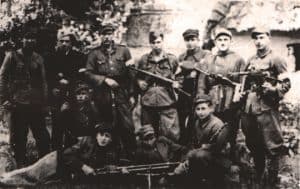
The regiment numbering referred to the pre-war traditions of the 27th Infantry Division, the 13th Infantry Division and the Volyn Cavalry Brigade. In the end, 2 regimental groups were organized: Kowelski under the code name “Gromada” and Włodzimierzyskie under the code name “Osnowa”.
Major Jan Szatowski – “Kowal”, “Zagończyk” was the leader of the “Gromada” group and at the same time 50 pp. A platoon of gendarmerie and staff protection, sapper platoon, reconnaissance platoon, anti-tank squad and quartermastership were formed at the office of the group. The group included the following battalions: I/50 pp ‘Sokoła’, II/50 pp Jastrzębie’, III/50 pp ‘Trzeska’, I/43 pp ‘Korda’, II/43 pp ‘Siwego’ and 1 squadron of 20 regiments of the Hinczy nadwiślany. In total, the group had a full of 3074 men, including 56 officers, 314 enlisted officers and 2704 Privates. In addition to linear battalions, troops were organized in the area of the group to defend the civilian population and defend the quartermaster's base with about 250 people.
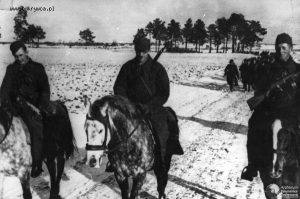
The commander of the group “Osnowa” and at the same time 23 pp were appointed Captain Kazimierz Rzaniak – “Garda”. A platoon of gendarmerie and staff protection, bomb squad, communications platoon, reconnaissance platoon and quartermastership were formed at the office of the group. The group included the following battalions: I/23 pp ‘Bogorii’, II/23 pp ‘Lecha’, I/24 pp ‘Luna’, the independent company ‘Sokola II’ (skeletal III/23 pp) and a squadron of the 19th regiment of ‘Jarosława’. The group had a full of 1946 men, including 31 officers, 229 officers and 1686 Privates. In the area of the group were stationed units of civilian protection and protection of the quartermaster's office with about 250 people.
Thus, as a consequence of the mobilisation of the armed forces, The territory was set up under the arms of more than 6.5 1000 people organized in 9 battalions, 2 squadrons and 1 independent company, and peculiar and logistical units covering communications, bomb squads, reconnaissance, wellness services (two hospitals), quartermaster services and others, ready to take combat action against Germany.
In total, the condition of men and arms of the 27th Volyn Infantry Division of the AK was as follows:
Human condition:
– 130 officers
– 650 officers
– 5800 serials
Weapons:
– 620 guns
– 220 device guns
– 5,000 rifles
– 200 hand device guns
– 30 dense device guns
- Six guns.
- 4 rounds of ppanc.
– 5 mortars 81 mm
– 2 guns 75 mm
Similarly, these troops (about 3,000 people) were armed, which did not scope 27 WDP concentration, as they "absorbed" their front and were disarmed by the Soviets. The Volyński territory against the background of another districts of the Home Army was truly well armed, especially erstwhile we put it together with what the troops active in the Warsaw Uprising had...
C.D.N.
Wojciech Kempa



